Figures & data
Figure 1 The proposed nanoparticle growth mechanism.
Note: Blue arrow shows metal oxide NPs after calcination.
Abbreviation: NP, nanoparticle.
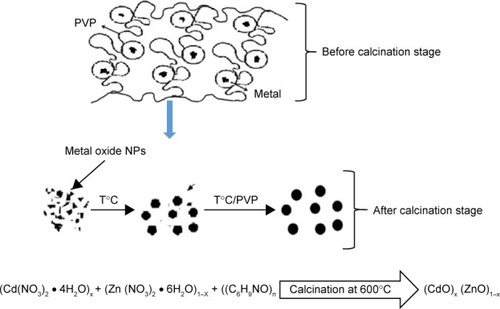
Figure 2 XRD patterns of (A) (CdO)0.20 (ZnO)0.80, (B) (CdO)0.40 (ZnO)0.60, (C) (CdO)0.60 (ZnO)0.40, (D) (CdO)0.80 (ZnO)0.200, (E) (CdO)0.00 (ZnO)1.00, and (F) (CdO)1.00 (ZnO)0.00 nanoparticles calcined at 600°C.
Note: *ZnO NPs; #CdO NPs.
Abbreviations: XRD, X-ray diffraction; CdO, cadmium oxide; ZnO, zinc oxide.
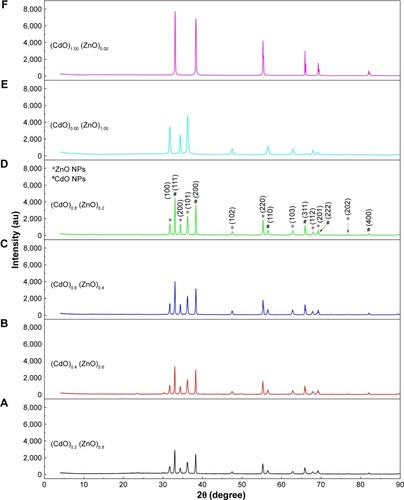
Figure 3 SEM images of (A) (CdO)1.00 (ZnO)0.00, (B) (CdO)0.80 (ZnO)0.20, (C) (CdO)0.60 (ZnO)0.40, (D) (CdO)0.40 (ZnO)0.60, (E) (CdO)0.20 (ZnO)0.80, and (F) (CdO)0.00 (ZnO)1.00 nanoparticles calcined at 600°C.
Abbreviations: SEM, scanning electron microscopy; CdO, cadmium oxide; ZnO, zinc oxide.
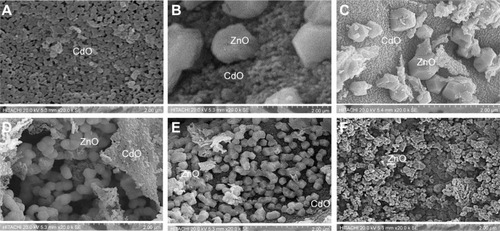
Table 1 EDX spectra showing the atomic percentages of Zn, Cd, and oxygen species in four positions
Figure 4 EDX spectrum of the (CdO)x (ZnO)1–x nanoparticles calcined at 600°C.
Abbreviations: EDX, energy-dispersive X-ray; ZnO, zinc oxide; CdO, cadmium oxide.
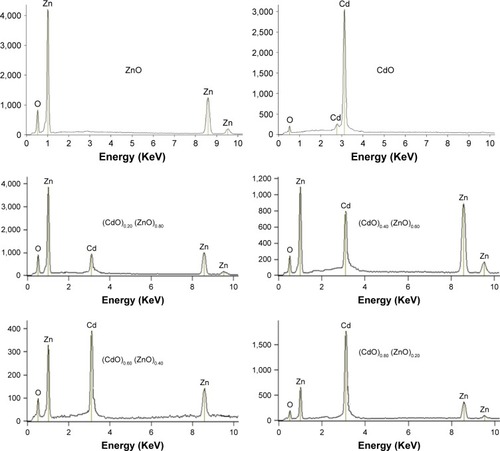
Table 2 XRD and TEM results for binary (CdO)x (ZnO)1–x nanoparticles at various x
Figure 5 TEM images of (A) (CdO)0.20 (ZnO)0.80, (B) (CdO)0.40 (ZnO)0.60, (C) (CdO)0.60 (ZnO)0.40, and (D) (CdO)0.80 (ZnO)0.20 nanoparticles calcined at 600°C.
Abbreviations: TEM, transmission electron microscopy; CdO, cadmium oxide; ZnO, zinc oxide.
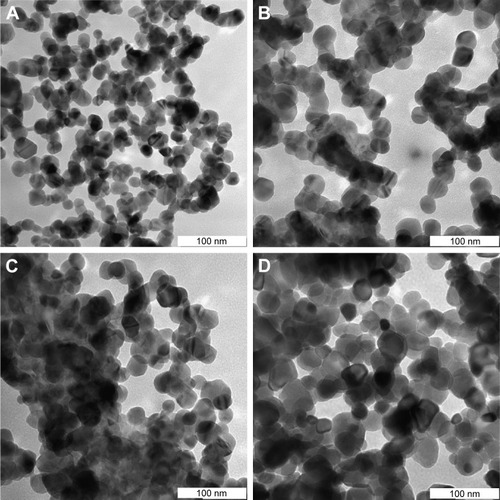
Figure 6 FTIR spectra of (CdO)x (ZnO)1–x nanoparticles in the range 280–4,500 at (A) (CdO)0.20 (ZnO)0.80, (B) (CdO)0.40 (ZnO)0.60, (C) (CdO)0.60 (ZnO)0.40, (D) (CdO)0.80 (ZnO)0.200, (E) (CdO)1.00 (ZnO)0.00, and (F) (CdO)0.00 (ZnO)1.00 nanoparticles calcined at 600°C.
Abbreviations: FTIR, Fourier transform infrared; CdO, cadmium oxide; ZnO, zinc oxide.
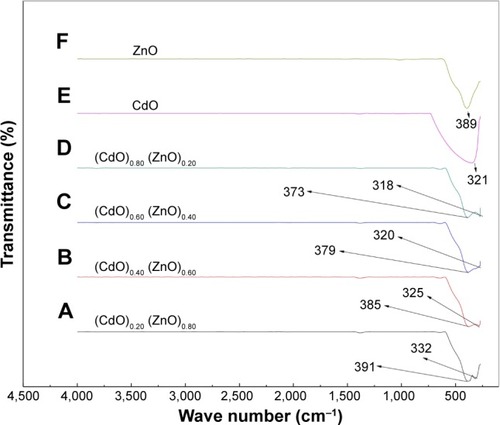
Figure 7 The XPS spectra of binary oxide nanoparticle (A) survey, (B) cadmium, (C) zinc, and (D) oxygen.
Abbreviation: XPS, X-ray photoelectron spectroscopy.
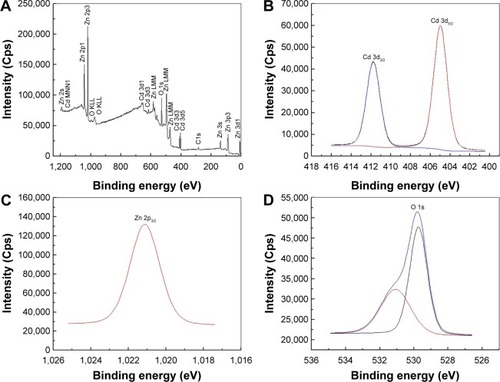
Table 3 Energy band gap of product at different concentrations of x
Figure 8 The energy band gap of (A) (CdO)0.20 (ZnO)0.80, (B) (CdO)0.40 (ZnO)0.60, (C) (CdO)0.60 (ZnO)0.40, (D) (CdO)0.80 (ZnO)0.200, (E) (CdO)1.00 (ZnO)0.00, and (F) (CdO)0.00 (ZnO)1.00 nanoparticles at calcination temperature of 600°C.
Abbreviations: CdO, cadmium oxide; ZnO, zinc oxide.
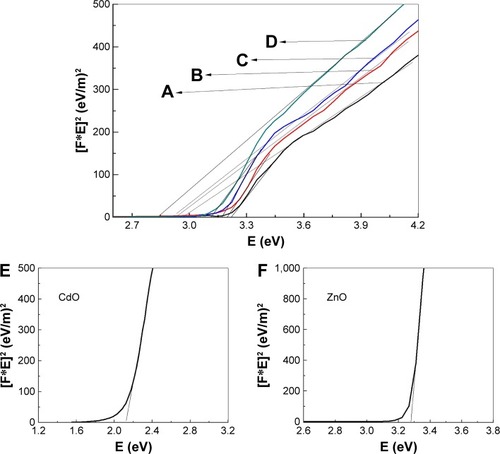
Figure 9 PL of (A) (CdO)0.20 (ZnO)0.80, (B) (CdO)0.40 (ZnO)0.60, (C) (CdO)0.60 (ZnO)0.40, (D) (CdO)0.80 (ZnO)0.200, (E) (CdO)1.00 (ZnO)0.00, and (F) (CdO)0.00 (ZnO)1.00 nanoparticles at calcination temperature of 600°C.
Abbreviations: PL, photoluminescence; CdO, cadmium oxide; ZnO, zinc oxide.
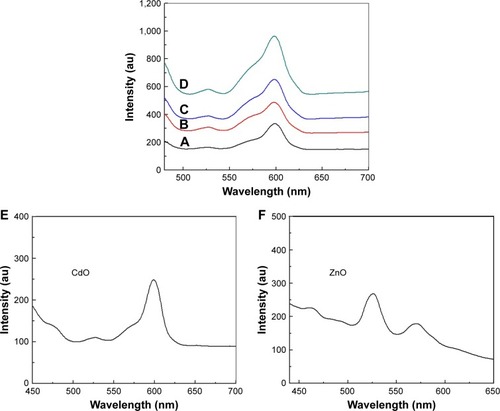
Table 4 Average inhibition zone for ZnO bulk, ZnO NPs, ZnO/CdO NPs, CdO bulk, and CdO NPs against Escherichia coli ATCC 25922 Gram, Salmonella choleraesuis ATCC 10708, and Bacillus subtilis UPMC 1175 Gram (+ve)
Figure 10 Inhibition zone test for (A) Escherichia coli ATCC 25922 Gram (−ve), (B) Salmonella choleraesuis ATCC 10708 Gram (−ve), and (C) Bacillus subtilis UPMC 1175 Gram (+ve).

Figure 11 Average inhibition zone graph for ZnO bulk, ZnO NPs, ZnO/CdO NPs, CdO bulk, and CdO NPs against Escherichia coli ATCC 25922 Gram, Salmonella choleraesuis ATCC 10708, and Bacillus subtilis UPMC 1175 Gram (+ve).
Abbreviations: ZnO, zinc oxide; NP, nanoparticle; CdO, cadmium oxide.
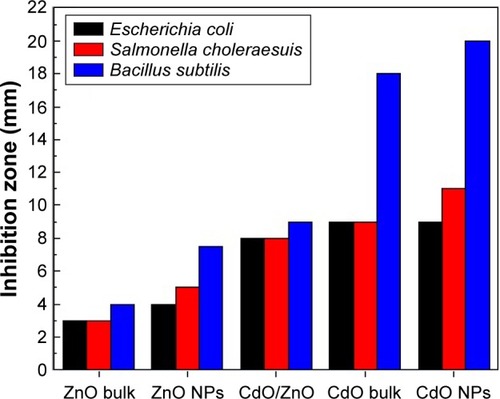
Table 5 Zone of inhibition presented by previously reported against Salmonella choleraesuis, Escherichia coli ATCC 25922 Gram (−ve), and Bacillus subtilis
